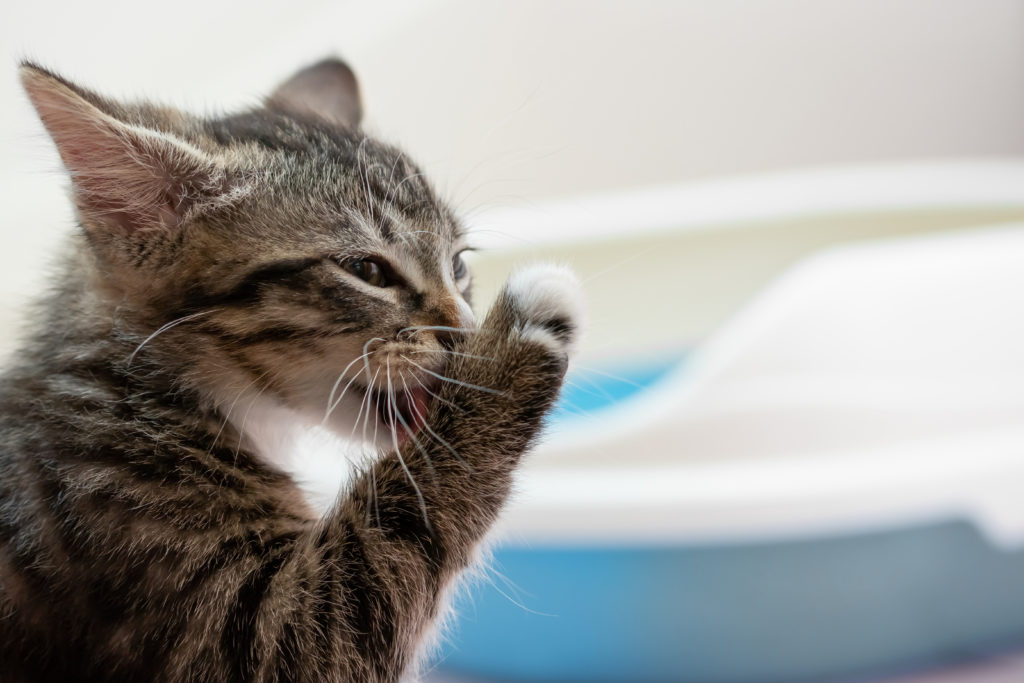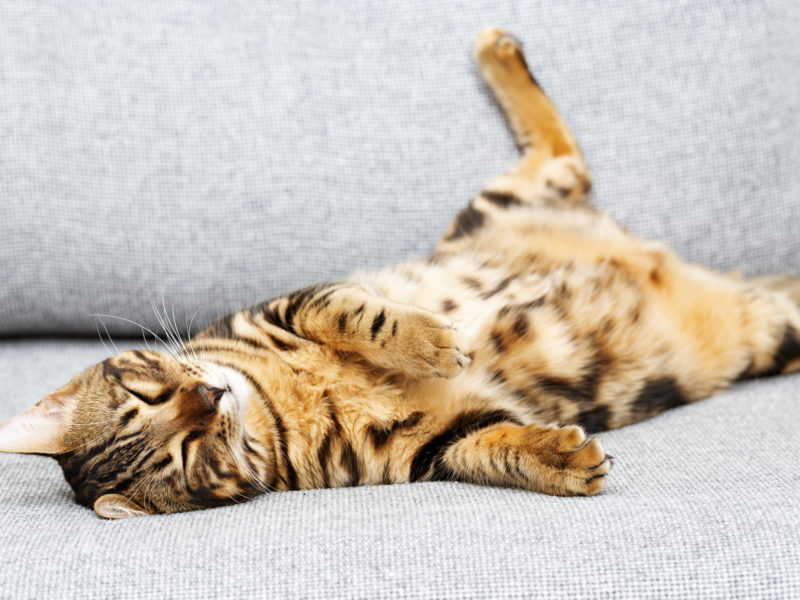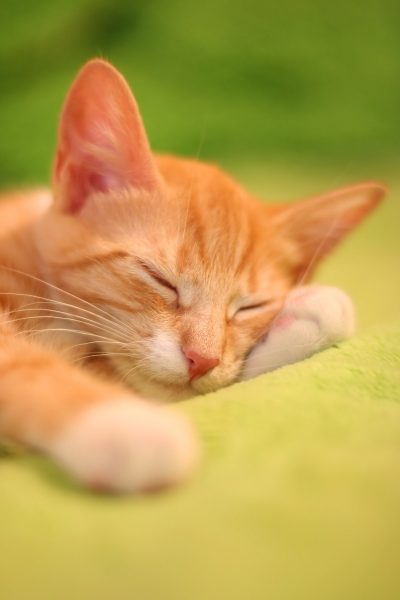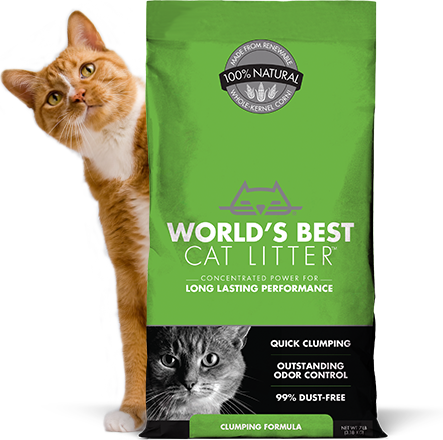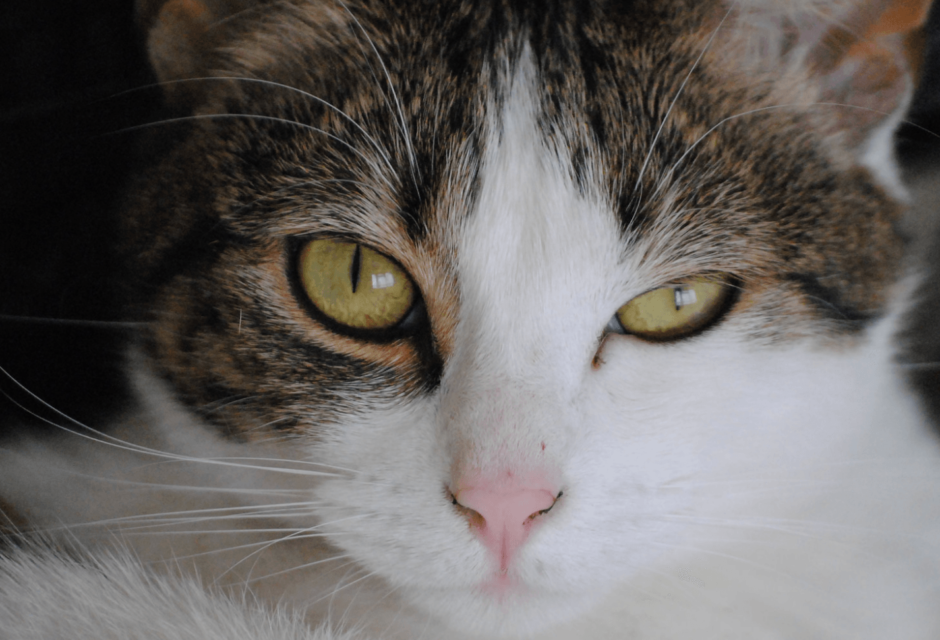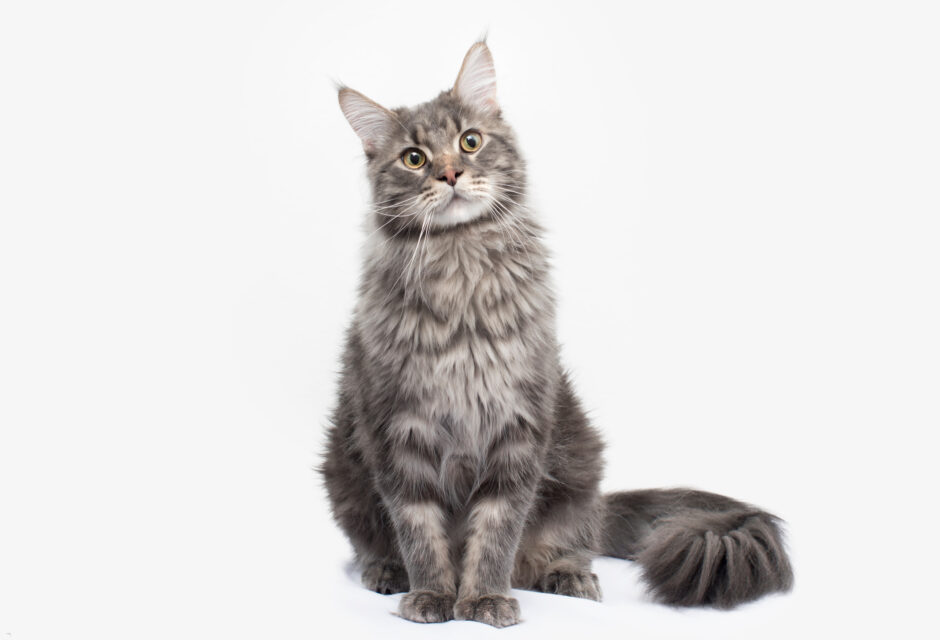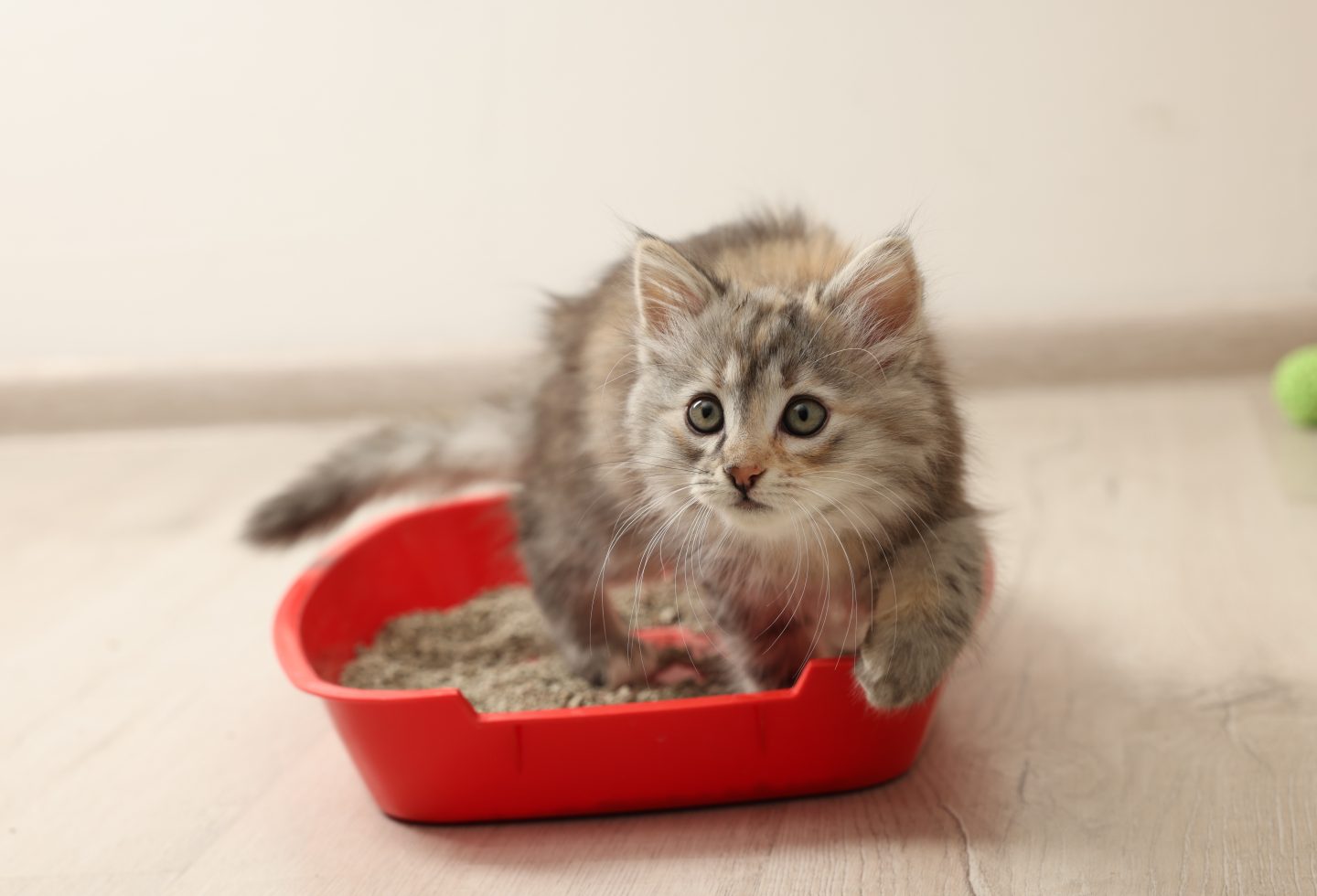
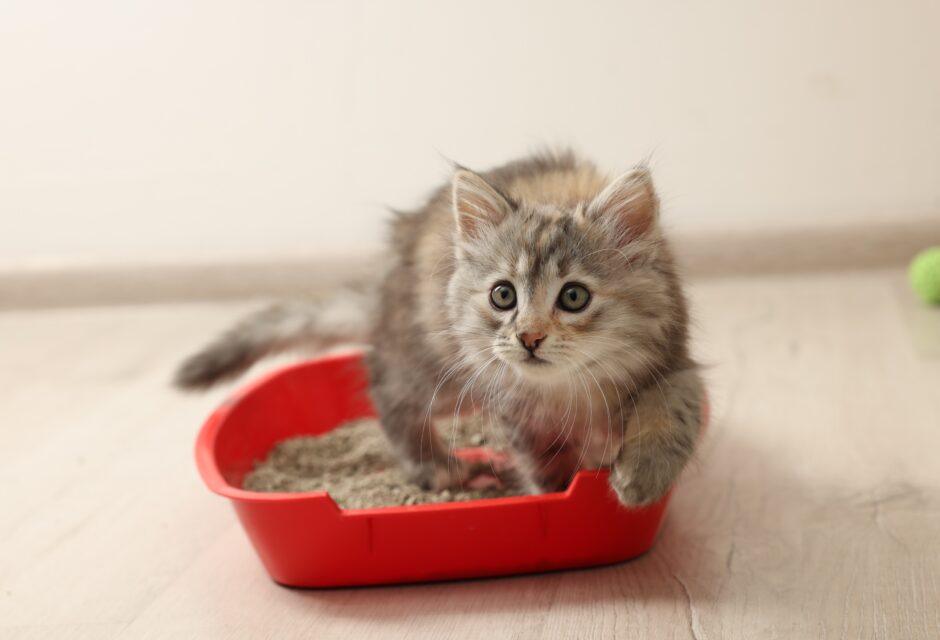
7 Tips for Creating the Right Litter Box Setup
There are several elements involved in creating an attractive litter box setup for your cat. It’s not just about putting litter in a plastic box and placing it in a remote area of the home. With just a little more attention to what creates cat-appeal, you can make a difference between your kitty feeling stressed when natures calls, or feeling safe and comfortable. Here are seven quick tips to get you started.
1. The right size. Make sure the box fits the size of your cat. The box should be 1 ½ times the length of your cat from the tip of the nose to the base of the tail. Don’t ask your cat to squeeze into a box that’s too small just because you want to place it in a hidden corner. If you can’t find a box large enough for your cat, consider using a plastic storage container. Storage containers come in various sizes so you should be able to find one that’s perfect for your cat.
2. The right type. There are many litter box configurations on the market, from the basic open boxes to covered ones, and right up to electronic self-cleaning boxes. In my 37 years of doing cat behavior consultations, I can tell you that the basic open litter box is your best bet. An open box makes it easy for the cat to get in and out and also allows him to have more visual warning time in case a rival cat approaches. The open box offers more than one escape option as well. Covered boxes can make a cat feel cramped and also traps the cat inside if another cat comes near. Electronic self-cleaning boxes can scare some cats, are expensive, and they don’t allow you to monitor what is or isn’t being deposited in the box.
3. The right litter. Texture matters to cats. They can have very definite preferences when it comes to how a particular litter substrate feels on their paw pads. They also have extremely sensitive noses so the scent of a litter (or the smell of very soiled litter) can lead to litter box avoidance. In general, cats prefer a soft, sandy litter that is unscented. If you’re unsure what type of litter your cat may like, try setting out an additional litter box with a different type of litter to give your cat the choice. Here are our current top litter picks!
4. The right number of boxes. Ideally, the rule is to have the same number of boxes as cats plus one extra for good measure. It can help maintain multi-cat harmony if cats who have a tense relationship don’t have to share a box. Even if you live with just one cat, it’s a good idea to have more than one box, especially if you live in a house with more than one story. Place a box on each floor.
5. The right location. The most basic rule is that the box shouldn’t be located near food or water. Cats don’t eliminate where they eat. The box should be placed in an area that’s convenient and comfortable for the cat. Although you don’t want to place the box right in the center of the room where the family is, don’t make the mistake of putting it in such a remote location that the cat can’t get to it in time. In a multi-cat environment, spread the boxes out so there’s one in the preferred area of each cat. It will help reduce tension if one cat doesn’t have to pass through another cat’s area to reach the litter box.
6. The right cleaning schedule. The box should be scooped at least twice a day. A common reason for litter box avoidance is that the box is simply too dirty. The twice-daily scooping is also important in helping detect problems in the early stages. In addition to twice-daily scooping, completely dump all the litter and clean the box with mild detergent regularly. If you use scoopable litter, the box should be thoroughly cleaned at least once a month. If you use regular clay litter, the box should be cleaned weekly.
7. Listen to your cat. If your cat stops using the box or his litter box habits change, pay attention to this as it could be a potential red flag that something is wrong. The first step is to have your cat examined by the veterinarian to rule out an underlying medical problem. Pay attention to other behaviors as well, such as pawing at the floor or wall around the box but not actually covering or touching the litter itself. This could be an indication that the cat doesn’t like the feel of the litter. If your cat cries when in the box, it could mean he’s experiencing pain. Repeated visits to the box could indicate a medical issue. Eliminating right in front of the box might mean the cat was trying to get to the box but something about the set-up is unappealing. Don’t just set up the litter box and then expect it to run on autopilot. Maintain the box and pay attention to what your cat says about it.
Pam Johnson-Bennett
Certified Cat Behaviour Consultant & Best-Selling Author
Pam Johnson-Bennett is a certified cat behaviour consultant and best-selling author of 8 books on cat behavior. She starred in the Animal Planet series Psycho Kitty, seen in Canada and the UK. She was a vice president of the International Association of Animal Behaviour Consultants and founded their cat division. She has served on an advisory board for the American Humane Association as well as other animal welfare organizations.
Pam is considered a pioneer in the field of cat behaviour consulting, having started her career in 1982. Some of her books have been used as textbooks for behaviour courses and she has influenced many practicing in the field today. Her book, Think Like a Cat, has been referred to as the cat bible.
Pam owns Cat Behaviour Associates, located in Tennessee. She lives with her husband, two children, a rescued cat, and a rescued dog.
Join the newsletter and never miss out on cat content again!
"*" indicates required fields
By clicking the arrow, you agree to our web Terms of Use and Privacy & Cookie Policy. Easy unsubscribe links are provided in every email.





